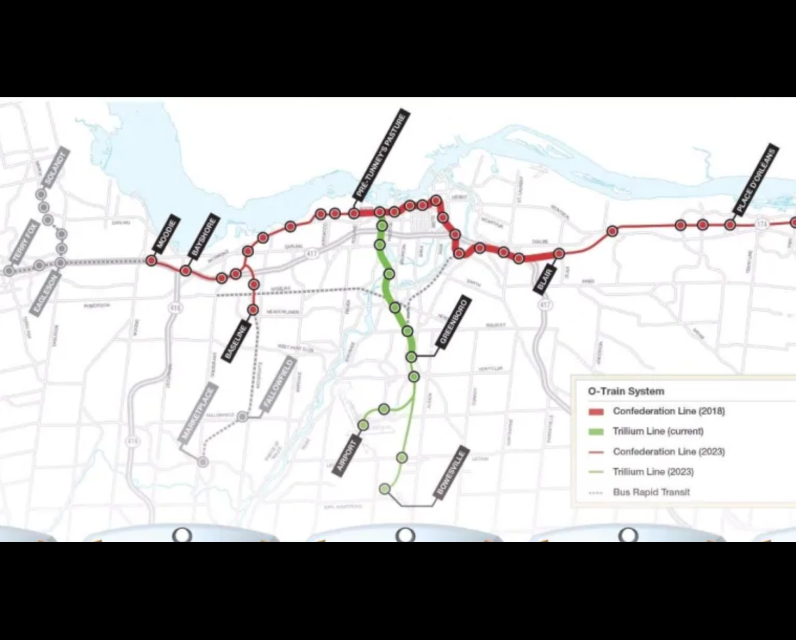Unpublished Opinions
Pat has been volunteering with the Greens since he was able to vote. Starting as a canvasser and road-sign installer, he worked his way into positions including volunteer coordinator, campaign manager and chief financial officer. When he was 21 years old, Pat represented the Greens as the candidate in Ottawa-West Nepean for the 2018 provincial election, after which he earned his diploma in Horticultural Industries at Algonquin College.
Pat is now preparing to complete his final semester at the University of Ottawa studying Environmental Economics and Public Policy. During his studies, he completed research with the Vanier Community Association to help develop an Intergovernmental Homelessness Strategy Analysis, presented a paper on the prospect of a provincial public school garden network, and delivered a mock memorandum to cabinet on how the government can fund music therapy as a supplement to addictions and mental health treatments.
Pat also has extensive experience working in customer service, having worked 6 years at McDonald’s, and the last 3 years at Gabriel Pizza.
Ottawa needs to focus on ‘growing-up’ not ‘growing-out’ if it wants LRT to be successful

Between April 2019 and January 2020, the City of Ottawa declared a climate and housing emergency. On May 11th 2020, a vote to expand Ottawa’s urban boundary line is being held, and the proposed expansion could add up to 1,600 hectares for new properties. But the homebuilders association in Ottawa would rather see up to 2,230 hectares of land added - a 50% larger increase. Expanding the urban boundary by any of the aforementioned figures will not aid in the battle against either climate change, or affordable housing. Statistics coming from the City project that Ottawa will need to find a way to accommodate over 400,000 new citizens over the course of the next 26 years - I would like to know if this statistic considers the current 7500 people currently homeless in Ottawa, and how that number is expected to change moving forward.
It is my speculation the City plans to continue funding LRT by expanding its boundary line and selling the land to developers. Expanding the boundary line only moves people further away from the costly public infrastructure expansion, will result is the release of thousands of tonnes of harmful emissions, and the destruction of essential natural systems. The proposal seems to completely contradict the city’s proclaimed stand on climate change and homelessness. If the expansion hopes to create new developments like any of the new homes built in Kanata South and Stittsville in the last 10 years, than this plan is even more laughable. Quite honestly some of the ugliest urban planning I’ve ever seen. The properties on sale right now on new streets like Rivertree and Flowing Creek are being pegged at a value just under $600,000 for a 3 bed and 3 bathroom house - their value presumably doubling since their completed construction just over 5 years ago. These oversized houses have virtually no property for gardens or trees and are crammed close together along long stretches of barren roads that lack adequate access to public transit. I can’t help but ponder how even more developments like these will effect the housing bubble. The only thing within a 15 minute walk from these houses is green-space and more doll-house neighbourhoods. This is not the kind of densification that sustainable development calls for.
LRT is perhaps the biggest Private-Public-Partnership ever signed onto by the city that ended up holding very little benefit, and very high cost: there was no transparency in the bidding and construction process, and RTG handed off a system with crumbling infrastructure and faulty systems to the city. The competitive nature of this partnership was non-existent thanks to the Mayor’s favourability to SNC-Lavalin’s bid, and his hasted decision to approve the project while holding office to secure his immortal legacy to the city. Mayor Jim Waston’s conduct in the LRT expansion has proved to citizens of Ottawa he is not interested in what’s truly best for the city. However much of a failure LRT may seem, it does not justify any plans to continue to grow Ottawa horizontally. City Council must start taking themselves seriously and hold developers, urban planners, and the Mayor accountable to address the emergencies the city is currently quarrelling with, otherwise the city will only appear more and more corrupt to anyone actually paying attention. Especially in a time when the Ontario government has abandoned its responsibility to protect the environment from reckless developers during a global health pandemic.
Expanding the urban boundary line will not be Ottawa's saving grace for the expensive LRT bill, and is a barbaric solution to amend the concequences of mismanaging LRT. I propose that city council vote no against the expansion of the urban boundary line, and reevaluate their inner-city development plans. Find ways to rezone areas within the city that can support vertical growth in order to preserve the natural systems surrounding the city, and take advantage of the evolving public transit and cycling infrastructure. Following the implications of COVID-19, perhaps the city might find residential opportunities in areas that were once business centres. The City of Ottawa has the potential to be a truly sustainable metropolis, but further development away from the city’s core will impede its battle against homelessness and climate change, and I hope city councillors will recognize this before their May 11th vote.



Comments
Be the first to comment